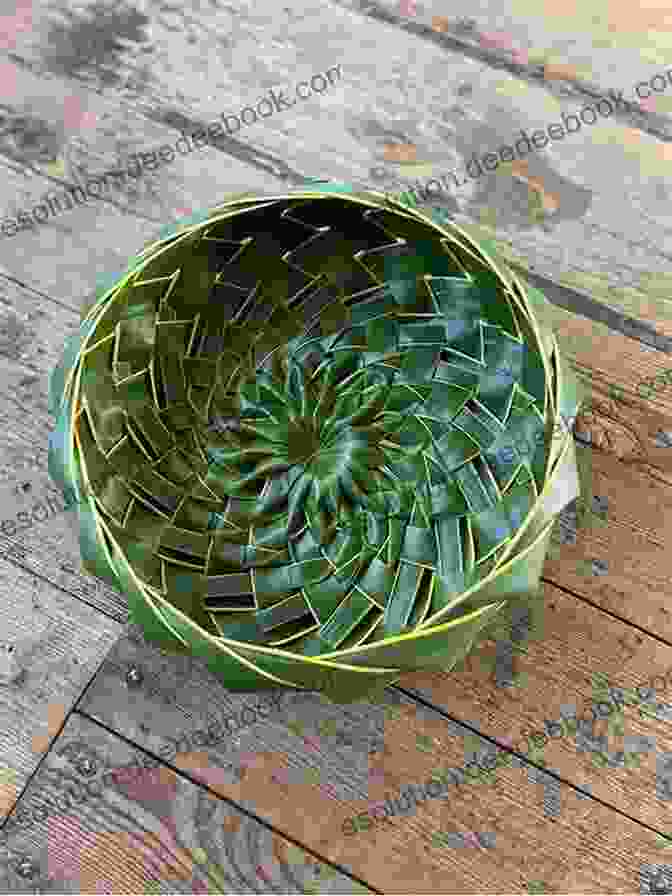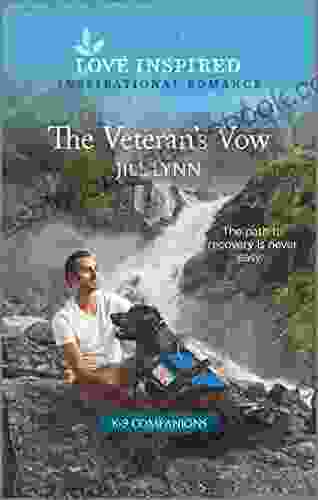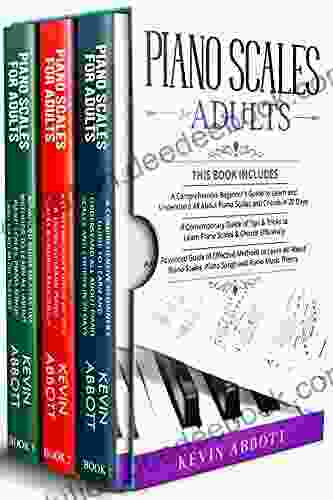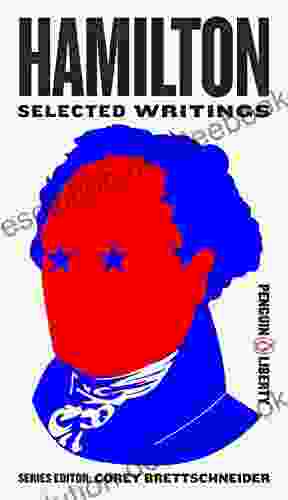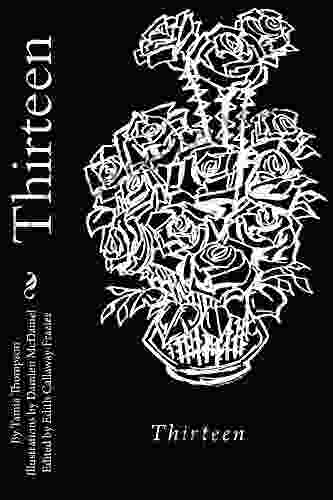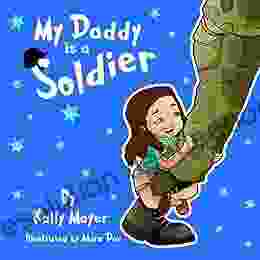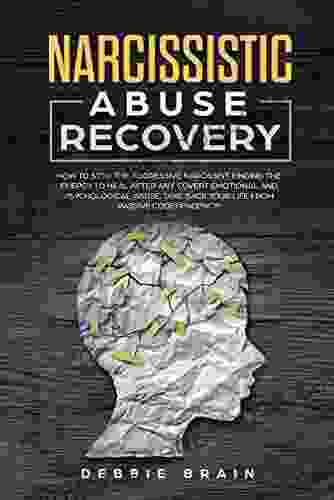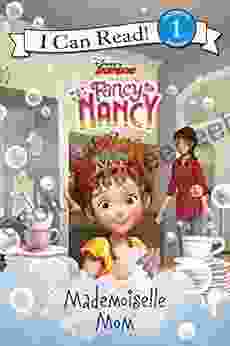Nestled amidst the lush landscapes of Maui, the art of coconut palm basket weaving flourishes as a testament to the enduring cultural heritage of Hawaii. Maui Hatman style basket weaving, in particular, stands out for its intricate patterns, meticulous craftsmanship, and deep-rooted symbolism. This comprehensive guide delves into the captivating world of this ancient art form, exploring its techniques, materials, and cultural significance.
4.3 out of 5
| Language | : | English |
| File size | : | 16924 KB |
| Text-to-Speech | : | Enabled |
| Screen Reader | : | Supported |
| Enhanced typesetting | : | Enabled |
| Print length | : | 248 pages |
| Lending | : | Enabled |
Historical Roots and Cultural Context
Coconut palm basket weaving has been an integral part of Hawaiian culture for centuries, with its origins tracing back to the early Polynesian settlers. These skilled artisans utilized the abundant coconut palms found throughout the islands to create a wide range of utilitarian and ceremonial objects. Baskets served various purposes, from storing food and carrying belongings to adorning homes and temples. The intricate patterns and motifs woven into the baskets often carried symbolic meanings, representing aspects of nature, cultural beliefs, and ancestral connections.
Materials and Techniques
At the heart of Maui Hatman style basket weaving lies the careful selection of materials. The primary material used is the coconut palm frond, which is harvested at its prime and meticulously prepared to ensure flexibility and durability. The fronds are then split into thin strips, which are used as the weaving elements. Additional materials, such as lauhala, pandanus leaves, and native Hawaiian plants, may also be incorporated to enhance the design and symbolism of the baskets.
The weaving process itself is a testament to the skill and patience of the artisans. Using their bare hands, they manipulate the strips of coconut frond to create intricate patterns and shapes. The most common stitch used in Maui Hatman style weaving is the "hatman stitch," which produces a distinctive and sturdy texture. Other stitches, such as the "twill stitch" and "herringbone stitch," may also be employed to add visual interest and structural integrity.
Symbolism and Meaning
Beyond their functional purpose, coconut palm baskets carry deep symbolic meanings that reflect the cultural and spiritual beliefs of the Hawaiian people. The circular shape of the baskets represents the cycle of life and the continuity of generations. The intricate patterns woven into the baskets often depict natural elements, such as waves, mountains, and animals, which symbolize the interconnectedness of all living things. Additionally, the baskets may incorporate motifs that represent cultural beliefs, such as the "canoe" design, which symbolizes the voyages of the early Polynesian settlers.
Contemporary Applications and Cultural Preservation
In contemporary times, Maui Hatman style coconut palm basket weaving continues to thrive as both an art form and a cultural practice. Contemporary artisans draw inspiration from traditional techniques while also incorporating innovative designs and materials to create unique and visually stunning works of art. These baskets are not only functional objects but also collectors' items and cultural treasures that are highly sought after by art enthusiasts and collectors worldwide.
The preservation and传承of Maui Hatman style basket weaving holds great importance for the Hawaiian community. Cultural organizations and educational institutions are committed to teaching and promoting this art form to ensure its continuity for future generations. Through workshops, exhibitions, and community events, the cultural heritage of coconut palm basket weaving is kept alive and vibrant.
Maui Hatman style coconut palm basket weaving is a captivating art form that embodies the cultural heritage and artistic traditions of Hawaii. From its intricate patterns and meticulous craftsmanship to its deep-rooted symbolism and contemporary applications, this ancient art form continues to inspire and captivate. As we delve into the world of Maui Hatman style basket weaving, we not only appreciate its beauty but also gain a deeper understanding of Hawaiian culture and the enduring legacy of its people.




